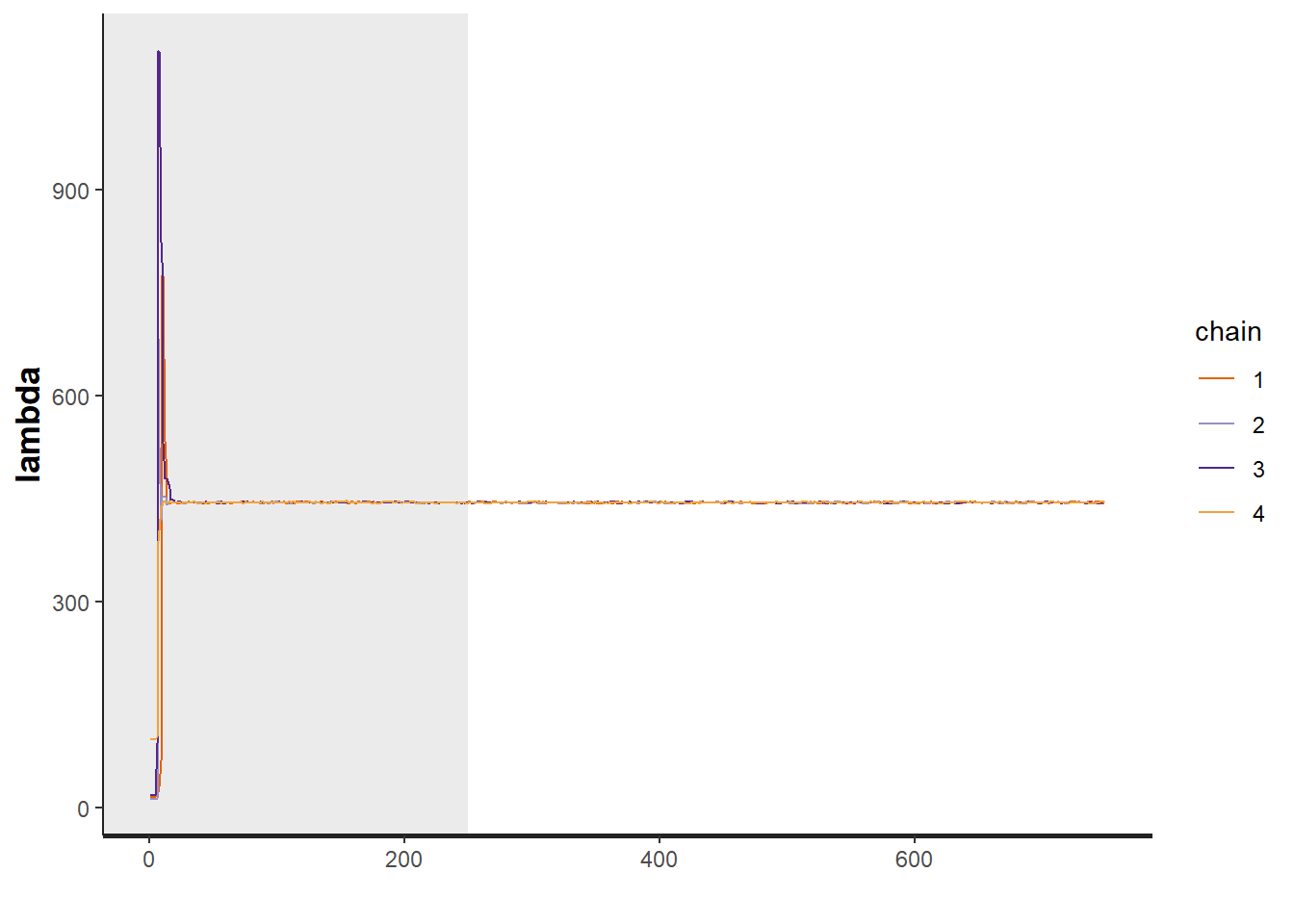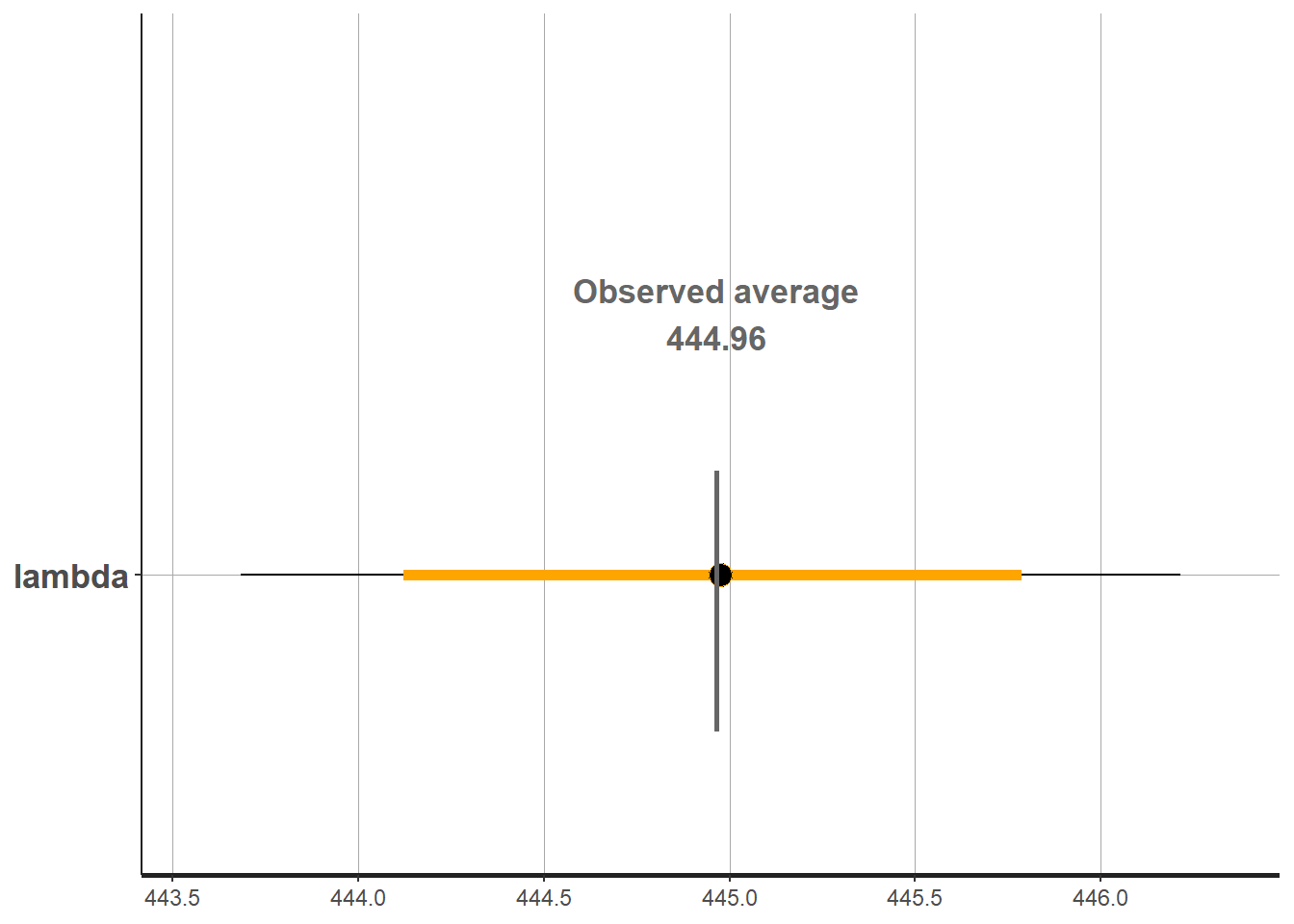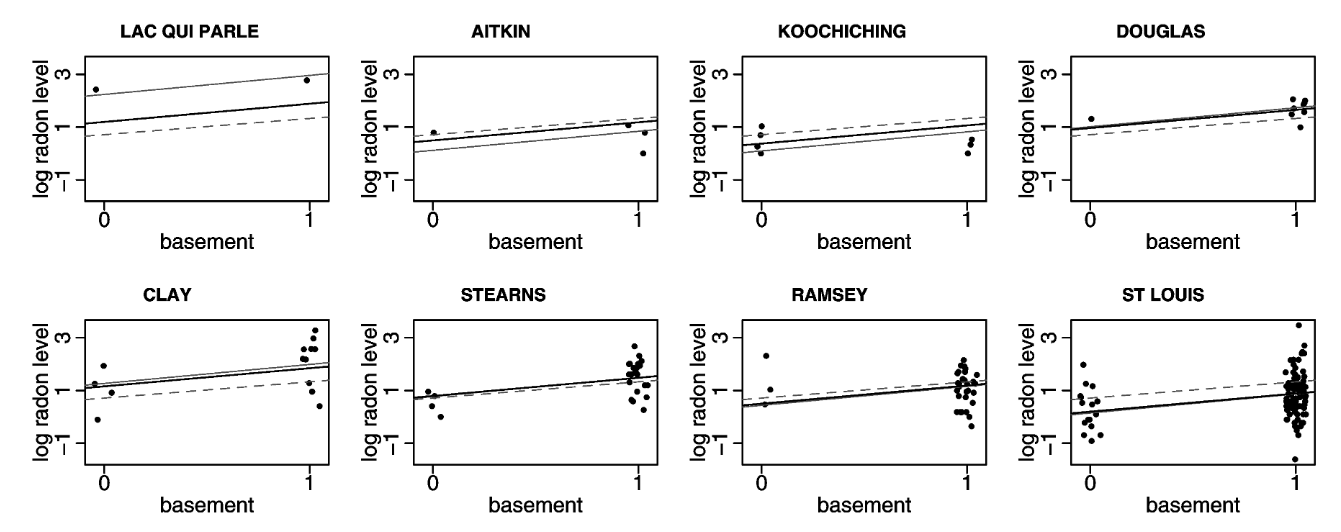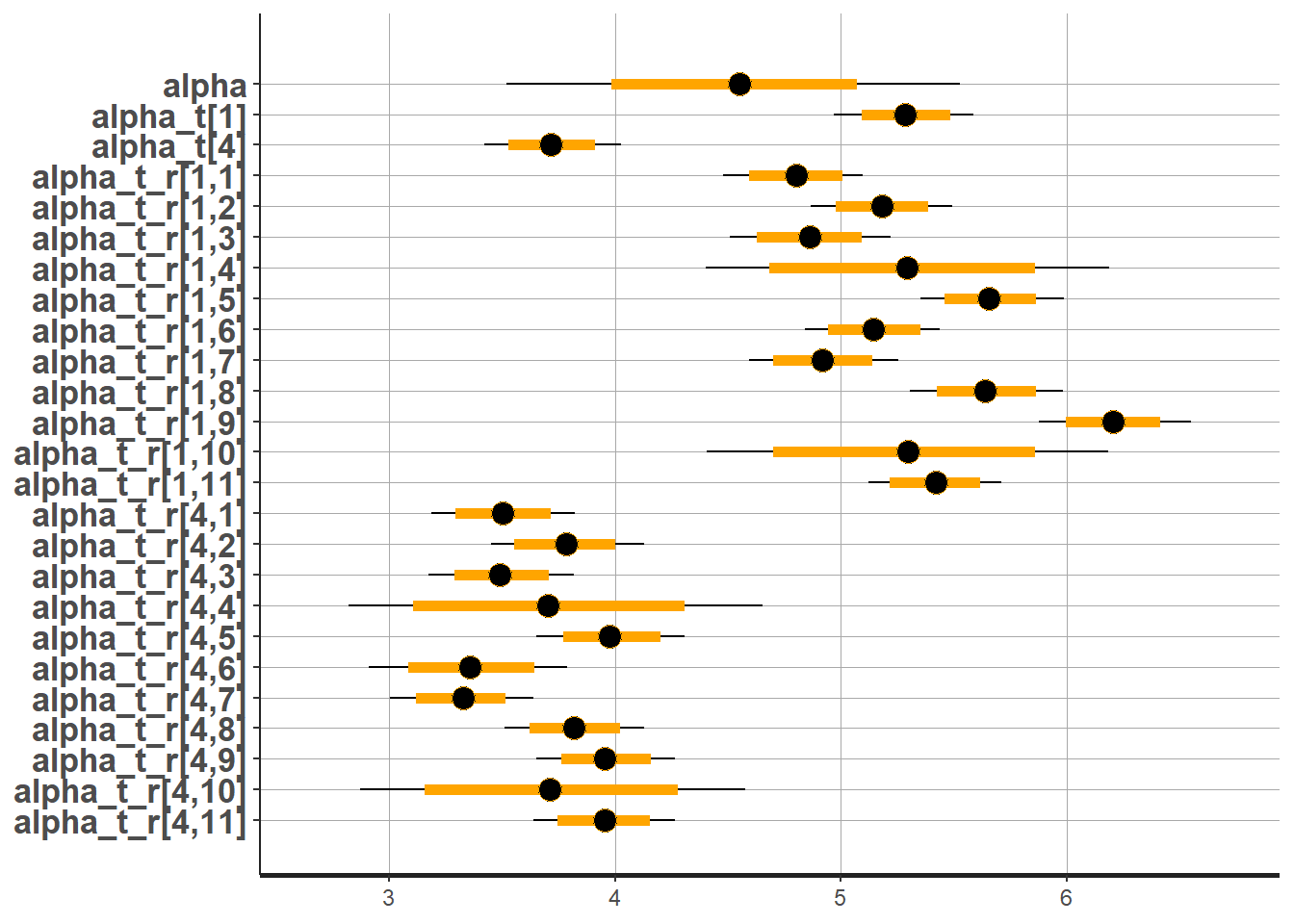class: center, middle, inverse, title-slide # Statistical population modelling for census support ## Quiz 2 ### Edith Darin --- class: inverse, middle, center <div> <style type="text/css">.xaringan-extra-logo { width: 110px; height: 128px; z-index: 0; background-image: url(../../../assets/pic/320px-UNFPA_logo.svg.png); background-size: contain; background-repeat: no-repeat; position: absolute; bottom:-3.5em;left:0.5em; } </style> <script>(function () { let tries = 0 function addLogo () { if (typeof slideshow === 'undefined') { tries += 1 if (tries < 10) { setTimeout(addLogo, 100) } } else { document.querySelectorAll('.remark-slide-content:not(.title-slide):not(.inverse):not(.hide_logo)') .forEach(function (slide) { const logo = document.createElement('div') logo.classList = 'xaringan-extra-logo' logo.href = null slide.appendChild(logo) }) } } document.addEventListener('DOMContentLoaded', addLogo) })()</script> </div> # Quiz --- layout: true # Core population model `$$population \sim Poisson( pop\_density * settled\_area)$$` `$$pop\_density \sim Lognormal( \mu, \sigma)$$` --- .center2[ In the core population model, what is `\(population\)`? 1. Data 2. Parameter 3. Distribution ] --- .center2[ In the core population model, what is `\(settled_area\)`? 1. Data 2. Parameter 3. Distribution ] --- .center2[ In the core population model, what is `\(Lognormal\)`? 1. Data 2. Parameter 3. Distribution ] --- .center2[ In the core population model, what is `\(\mu\)`? 1. Data 2. Parameter 3. Distribution ] --- .center2[ In the core population model, what is `\(pop\_density\)`? 1. Data 2. Parameter 3. Distribution ] --- layout: false # MCMC setting A common call to `stan` looks like that: ```r fit_model2 <- rstan::stan(file = file.path('model.stan'), data = stan_data_model, iter = warmup + iter, chains = chains, warmup = warmup, pars = pars, seed = seed) ``` .center[ Has the `seed` an impact on the estimation process? 1.Yes<br/> 2.No ] --- # Bayesian output .pull-left[ #### Plot 1  ] .pull-right[ #### Plot 2  ] .center[Which plot is a traceplot? 1.Plot 1<br/> 2.Plot 2 ] --- # Random modelling .center2[*Imagine you have two groups of ten people.* *Group A has an average height of 170 cm*<br/> *Group B has an average height of 168 cm* If you randomly select one person from each group who is more likely to be taller? 1. Group A 2. We don't know ] --- layout: true # Random modelling .footnote[Pace~svwiki, CC BY-SA 4.0 <https://commons.wikimedia.org/w/index.php?curid=62007681>] --- .center[ <img src="pic/mcq_tuto2_simpsonpre.PNG" alt="drawing" width="450"/> What is the sign of the relation between x and y? 1.Positif<br/> 2.Negatif ] --- #### Simpson's Paradox .center[ <img src="pic/mcq_tuto2_simpsonpost.PNG" alt="drawing" width="500"/>] --- layout: false # Random vs hierarchical .center2[ <img src="pic/mcq_tuto2_dag.png" alt="drawing" width="450"/> How many models have a random effect? 1. 0 2. 1 3. 2 4. 3 ] --- layout: true # Random vs hierarchical `$$population \sim Poisson( pop\_density * settled\_area)$$` `$$pop\_density \sim Lognormal( \alpha_t, \sigma)$$` `$$\alpha_t \sim Normal( 5, 4 )$$` --- .center2[This model represents: 1. A random model 2. A hierarchical model ] --- .center2[This model is similar to running `\(n\)` models separately: 1. Yes 2. No ] --- layout:false # Random vs hierarchical Gelman, Andrew. "Multilevel (hierarchical) modeling: what it can and cannot do." Technometrics 48.3 (2006): 432-435. .center2[*Radon is a radioactive gas known to cause lung cancer in high concentrations. Our goal is to estimate* *(1) the distribution of radon levels in each of the approximately 3,000 U.S. counties and* *(2) the impact of taking the measurement in the basement* ] --- # Random vs hierarchical  .center[ The **dotted** line shows the model under: 1.No-pooling <br/> 2.Complete pooling<br/> 3.Partial pooling ] --- # Random vs hierarchical  .center[ The **light-colored** line shows the model under: 1.No-pooling <br/> 2.Complete pooling<br/> 3.Partial pooling ] --- # Estimation in `stan` `## Warning in validityMethod(object): The following variables have undefined values: population_hat[1],The following variables have undefined` .center2[ Is this warning problematic 1. Yes 2. No ] --- layout: true # Hierarchically estimated parameters .pull-left[] --- .pull-right[What is the estimated **national** population density median (in log)? 1. 3.5 2. 4 3. 4.5 4. 5 5. 5.5 6. 6] --- .pull-right[What is the estimated population density median for **settlement type 1** (in log)? 1. 3.5 2. 4 3. 4.5 4. 5 5. 5.5 6. 6]